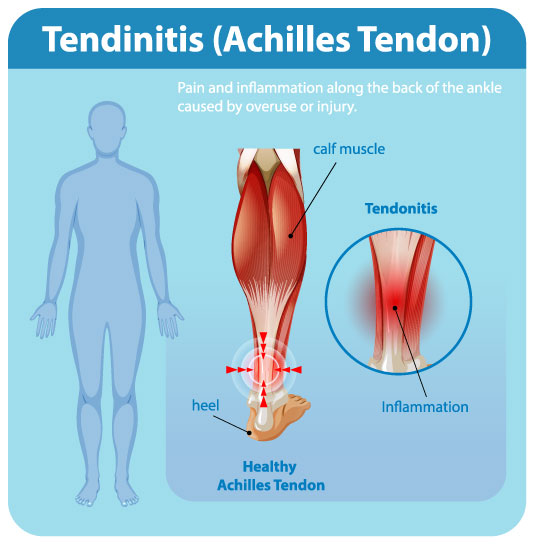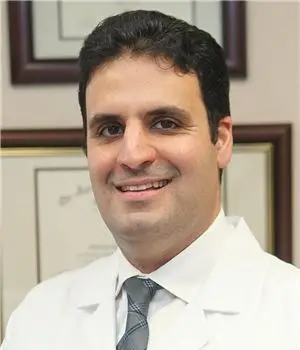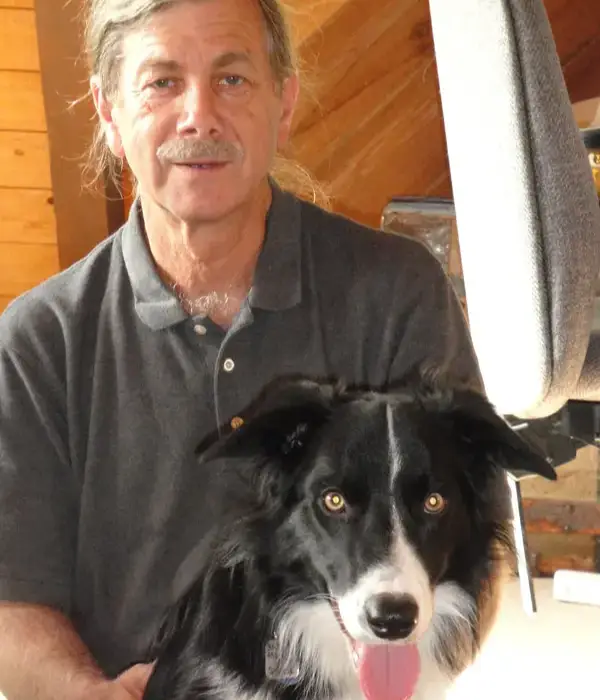Achilles Tendinitis Treatment
Get Back to Moving Pain-Free
Restore Strength and Mobility to the Strongest Tendon in Your Body
Achilles tendinitis is one of the most common causes of heel and lower leg pain, especially in active adults. The Achilles tendon connects your calf muscles to your heel bone and endures massive stress with every step, jump, or sprint. When overused or injured, it becomes inflamed and painful, limiting your mobility and performance.
At SoCal Foot and Ankle Doctors, we specialize in non-surgical and regenerative treatments to relieve pain, restore strength, and prevent tendon rupture. With locations in Santa Monica and the Cedars-Sinai Medical Towers, we treat weekend warriors, athletes, and those simply trying to walk pain-free again.

What Causes Achilles Tendinitis?
- Overuse from running, jumping, or sudden increase in activity
- Inadequate stretching or warm-up
- Flat feet or abnormal foot mechanics
- Unsupportive footwear
- Bone spurs rubbing against the tendon
- Tight calf muscles or poor flexibility
- Aging-related tendon degeneration
Symptoms of Achilles Tendinitis
- Pain and stiffness along the back of the heel or lower calf
- Pain worse in the morning or after activity
- Swelling or thickening of the tendon
- Tenderness with touch or squeezing the tendon
- Difficulty walking, running, or pushing off the toes
- Audible crackling or creaking (crepitus) during ankle movement
Types of Achilles Tendinitis
???? Insertional Achilles Tendinitis
Inflammation occurs where the tendon attaches to the heel bone, often associated with heel spurs.
???? Non-Insertional (Midportion) Tendinitis
Affects the tendon 2–6 cm above its insertion, more common in active individuals and athletes.
Our Comprehensive Treatment Approach
???? Activity Modification
We help you adjust or reduce impact-loading activities (e.g., running) during the acute healing phase.
???? Custom Orthotics
Correct flat feet or biomechanical overload that stresses the tendon.
???? Heel Lifts
Used to reduce tension on the tendon during walking and recovery.
???? Immobilization (CAM Boot or Brace)
Used when inflammation is severe or to prevent rupture.
???? Shockwave Therapy (ESWT)
Non-surgical treatment that stimulates healing through high-energy sound waves. Promotes collagen production, blood flow, and cellular repair. ~80% success rate for chronic tendinopathy.
???? Regenerative Medicine
We offer platelet-rich plasma (PRP) injections, radiofrequency ablation, and stem cell therapies to accelerate tendon repair.
???? MLS Laser Therapy or Ultrasound-Guided Injections
Targeted treatments to reduce inflammation and stimulate healing at a cellular level.
Surgery (If Needed)
For patients with chronic degeneration, large tears, or failed conservative care, surgical options include:
- Tendon debridement (removal of damaged tissue)
- Spur removal
- Tendon transfer (if rupture is present)
We focus on minimally invasive techniques to ensure a faster recovery and less scarring.
What to Expect After Treatment
- Most patients recover without surgery
- Downtime is minimal with shockwave, PRP, or bracing — walking is often allowed
- Physical therapy may be recommended to regain strength and flexibility
- Patients typically return to full activity within 6–12 weeks depending on severity
What Our Patients Say
SoCal Foot and Ankle Doctors strive to be the best we can and are grateful for the opportunities we are given to help people heal and get back to doing the things that they love.
Our Docters
Our Board Certified Podiatrists
Socal Foot and Ankle doctors are committed to delivering the most exceptional treatments.

Board Certified Foot & Ankle Specialist
Office Time
Location: Santa Monica
Mon – Thur: 9:00 AM – 5:00 PM
Friday: 9:00 AM – 5:00 PM

Board Certified Foot & Ankle Specialist
Office Time
Location: Santa Monica
Mon – Thur: 9:00 AM – 5:00 PM
Friday: 9:00 AM – 5:00 PM
Request Appointment
NON-INVASIVE ADVANCED TREATMENT
BOARD CERTIFIED
FOOT & ANKLE
Surgeons
Years Experience
Happy Patients
Location
Local Partners

